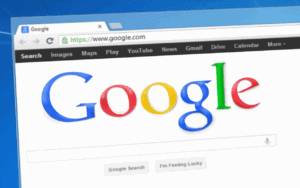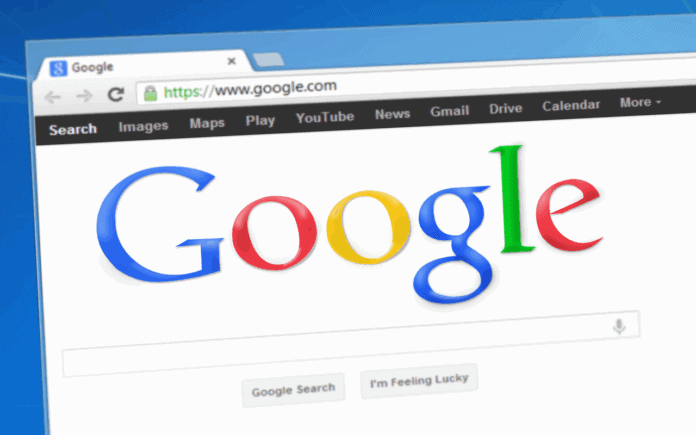 Let’s say you’re doing the maths regarding all your spending in the past month, and then you see a charge with a label like “1600 W MOUNTAIN VIEW CAUS” on your credit card bill. On a first glance, it just looks like some address or something like that, and yes, you’d be correct. It actually is an address. To what exactly? Well, the full address is 1600 Amphitheatre Parkway, Mountain View, CA, US, which is the location of Google’s headquarters in California. And this charge showing up on your bill is known as something called the merchant descriptor. If you’re still feeling a bit confused about it all, well, just keep on reading to resolve any confusion regarding this charge.
Let’s say you’re doing the maths regarding all your spending in the past month, and then you see a charge with a label like “1600 W MOUNTAIN VIEW CAUS” on your credit card bill. On a first glance, it just looks like some address or something like that, and yes, you’d be correct. It actually is an address. To what exactly? Well, the full address is 1600 Amphitheatre Parkway, Mountain View, CA, US, which is the location of Google’s headquarters in California. And this charge showing up on your bill is known as something called the merchant descriptor. If you’re still feeling a bit confused about it all, well, just keep on reading to resolve any confusion regarding this charge.
What Is a Merchant Descriptor?
Almost anytime your bank statement contains a fee, it will have some kind of merchant descriptor, which is a brief description of the charge. The merchant descriptor is the name of the person who charged, and sometimes where their business is. This coding can be quite perplexing, especially if it includes numbers or names unknown to you; however, most of the time, they are just bank transaction codes. Your transaction was done with this; it’s just a picture displaying your money’s destination.
Why is Google’s Address Shown on the bill?
If you notice 1600 Amphitheatre Parkway on your bill, then it is the address of Google’s headquarters located in Mountain View, California. When you get through buying anything using either Google Play, YouTube Premium, or any Google Drive storage, and the payment is reflected on your statement, the address provided is most likely the above-mentioned one. It is not the case that Google has a malicious intention against your account with such a move. This is rather only an indication that the payment was processed through their system. Simple as that.
What Are You Being Charged For?
Many Google services can be used as a descriptor. Some of the most common examples are as follows:
- Google Drive storage subscriptions
- YouTube Premium or YouTube Music
- App purchases or movie rentals from Google Play
- Small verification charges (like ₹1 or $1) to check if your card works
Thus, anyone who has used a paid Google service is bound to see the said note/label coupled with the billing or on their credit card statement. So yes, it is most likely legit, and you don’t need to worry about anything here.
How To Check If the Charge Is Legit
If you have doubts as to whether the charge is really for your account, you can do the following:
- Log in to your Google account and navigate to the Google Payments page.
- Browse through your transaction history; each record gives the sum, date, and designated service.
- Another way to go is to use the search engine of your email provider for messages from “Google Payments” or “Google Play.” Plain and simple!
- Verify that the information on the statement matches the details that you have. If everything matches, then the charge is authentic. And there is no need to worry about the legitimacy of this charge.
Related Posts :
Looking for other unknown charges? See our full list here: Unknown Bank Charges List.





